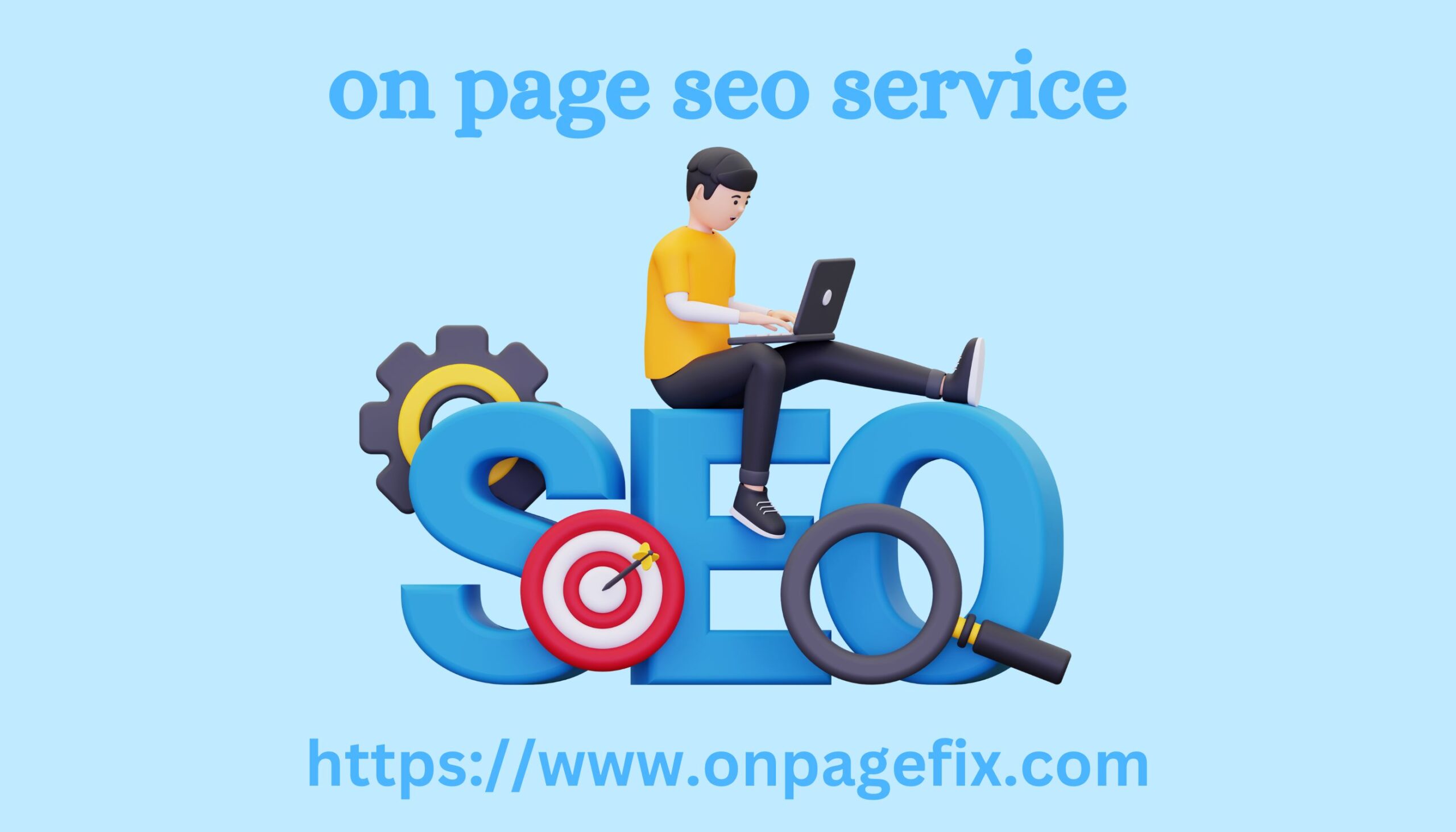|
|
We explain why an online store needs a content plan and how to use texts to increase sales, brand awareness and organic promotion in Google.
A content plan is a strategic calendar that answers the questions: WHEN, AT WHAT TIME, WHAT, WHERE and WHY you will publish content
Most often, the need to create such a calendar is associated with the promotion of a page on social networks (managing Instagram, Facebook, TikTok, YouTube).
However, it is necessary not only for bloggers, but also for all online entrepreneurs without exception. In the article, we share universal advice on how to correctly compose it and where to get ideas for publications.
Why do you need a content plan for an online store?
Firstly, for high-quality blogging on the site. Regular articles will help not only attract new visitors (for this, it is worth filling the texts with keywords), but also increase the position in search results (Google likes when systematic work is carried out on the site).
Secondly, for email marketing, i.e. mailings to the customer base, which will help build long-term trusting relationships with the audience and increase sales figures.
Thirdly, for external publications, i.e. for posting expert content on third-party sites and websites, which helps implement SEO strategy and increases brand awareness.
And, of course, any online store cannot do without a profile on social networks, which also needs to be filled with some information.
4 types of content and their balance
From a "technical" point of view, we can divide content into graphic (photos, illustrations, screenshots, etc.), video, audio and text. However, in terms of planning, we are more interested in its "semantic" content, i.e. the tasks that the publication solves.
1. Informational/educational
It is always about the benefit to the reader. For example: a person who wants to buy a bicycle will definitely look for information on how to choose it, which models are best for his purposes, what experts say about this or that brand.
This is how we help the user understand our product and get answers to questions. For this, the following formats are most often used:
how-to ( How to choose a robot vacuum cleaner);
reviews and comments ( Our opinion about the XXX coffee maker after a month of use);
comparative analysis (What is better Nintendo Switch or Xbox One?);
guides, checklists, master classes;
selections ( TOP 5 budget gifts for March 8 ).
2. Brand content
It is intended for:
a) that part of the audience that is ready to buy something from us, but still doubts for some reason;
b) forming a reputation among new users.
The following formats are suitable for implementing these tasks:
"behind the scenes" ( From the Christmas tree to assembly: we show the process of making our furniture );
cases, customer reviews ( How we organized a tour to Bali for Sergey for $200 );
expert opinion ( What shampoo do our barbers use );
achievement reports, company news, collaborations.
3. Entertaining/engaging
Even the most important CEO of an international holding company on page seo service sometimes gets tired of his seriousness and wants to see a cute cat (c)

Many people think that there is no place for memes, comics or provocations in their niche. However, readers quickly get tired not only of advertising, but also of the abundance of valuable and useful information. Therefore, from time to time, any blog/channel or page should be “diluted” with something funny.
These can be:
"bad advice";
surveys, quizzes, guessing games, tests;
sweepstakes or competitions;
interesting facts;
comics, funny pictures, quotes, etc.
In addition to the main goal (to entertain), this type of content has many hidden motives. For example, engaging users in discussions or ensuring virality (when people share links to your publication with their friends).
4. Selling/advertising
Here everything is as simple and transparent as possible: the purpose of such texts/videos is direct sales to a hot audience. Via:
promotions ( The annual sale in honor of our brand's birthday is starting! );
commercial offers ( We have prepared something special for you );
event announcements;
mailings of promotional codes, etc.
It is believed that when you make a content plan for a blog, 40% should be given to entertainment content, 30% to the brand, 5% to sales and 25% to educational content. Some even call it the "golden rule". However, such a distribution is more appropriate for a personal blog than for creating an image of an expert or a website of a serious company. How to find the optimal ratio?
Basic steps in creating a content plan
The first thing to do is to define a specific, measurable and achievable goal .
Why do you need a blog on your website? Attract x2 potential customers from search this month
What result is expected from the email newsletter? Orders totaling at least $1,000 during the promotion period
What metrics should an Instagram page provide? Increasing brand awareness by attracting 5 thousand new subscribers in 3 months
Based on the goal, you can already form a primary hypothesis about what type of content should prevail.
The second step is traditionally to study competitors.
What are their most popular publications?
Where are the most comments, views?
What formats do they use?
The third step is to study your target audience. Analyze what questions your support service is asked, what comments customers leave on product cards.
Lifehack! The answerthepublic website will help you understand your target audience's requests and get 100 content topics in less than a minute. Just enter the name of your niche, select your country and language.
|
|